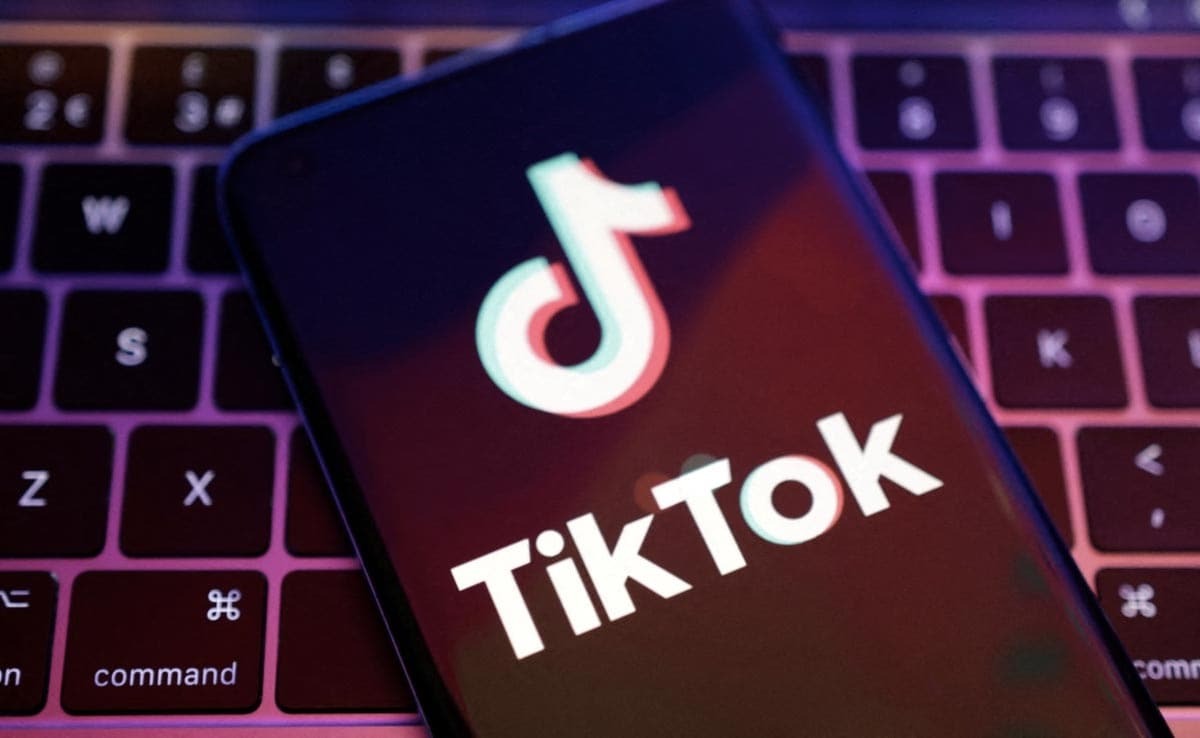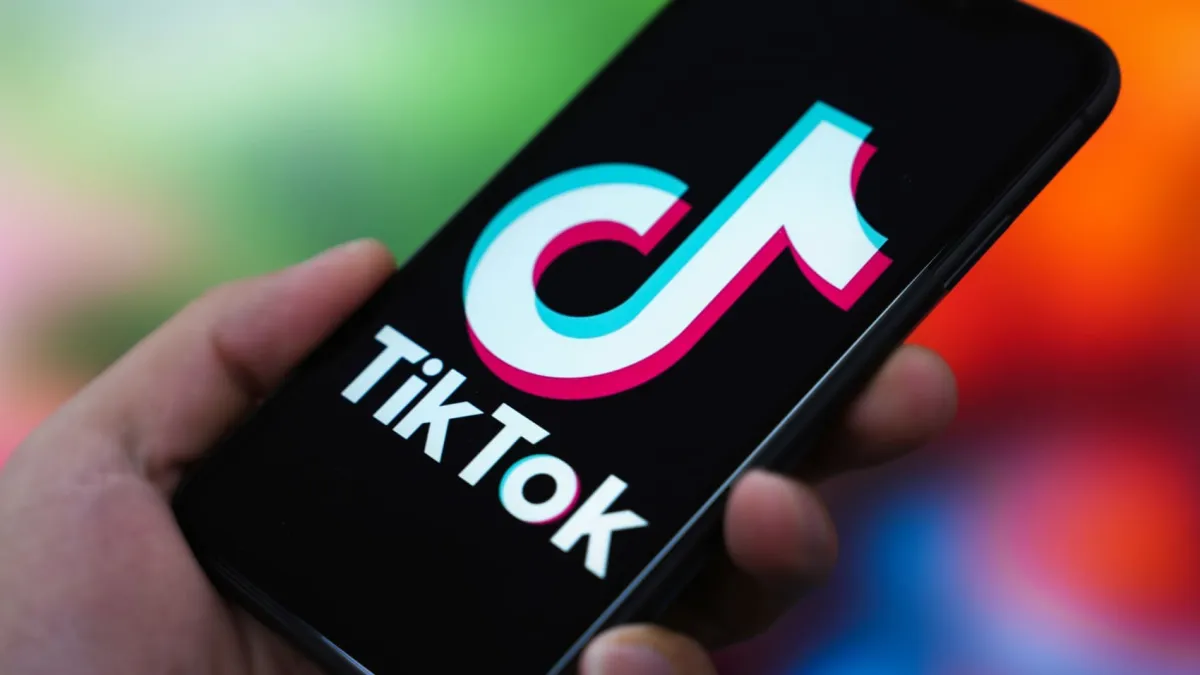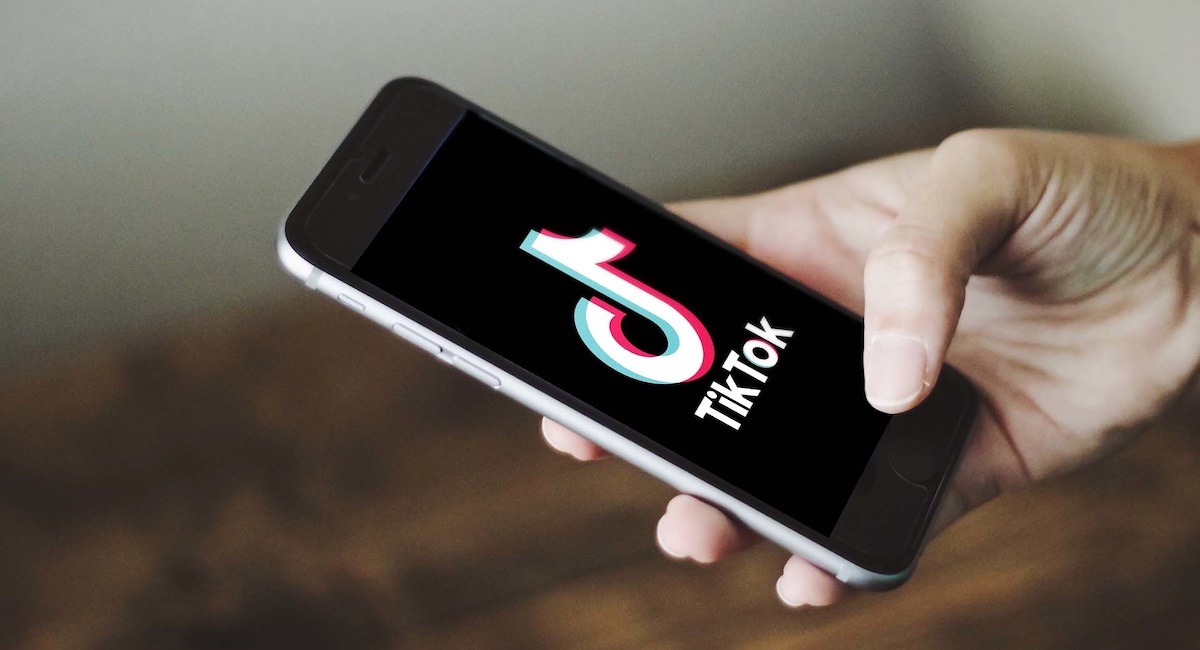The relationship between the United States and China has reached a critical point where the possibility of a full-scale conflict can no longer be dismissed. While no rational person desires such an outcome, it is crucial to acknowledge the potential risks and prepare accordingly. One such risk is the secret weapon China possesses, which can target over 150 million American citizens: TikTok.
As of now, with the law requiring a sale or ban of TikTok within 12 months, we are alarmingly unprepared and defenseless against this threat. To address this issue, it is essential to understand why TikTok poses a huge danger. The prospect of war with China is not a partisan or fearmongering viewpoint but a concern shared by analysts across the political spectrum.

TikTok Faces Ban (Credits: NDTV)
TikTok, seemingly an innocuous app, can simultaneously serve as an apparatus for psychological and asymmetric warfare. Psychological warfare includes propaganda, disinformation, misinformation, and mal-information to sow confusion, discord, and chaos among a populace. Asymmetric warfare encompasses non-conventional combat forms like terrorism, sabotage, and cyber warfare to weaken an opponent.
Experts agree that future wars will rely more on psychological, informational, and asymmetric warfare. TikTok’s unique risk lies in its Chinese ownership, subjecting it to laws requiring compliance with requests from the Chinese Communist Party (CCP) and its intelligence agencies to access user data at any time. This raises concerns about the potential for data breaches and exploitation for asymmetric warfare.
Imagine a scenario where a nurse, Jeff, working at a major hospital, clicks on a fake email promoting a sale on Funko Pop figures, unaware that it is a cleverly disguised hack by Chinese state-sponsored hackers who obtained his data from TikTok.
This breach could grant access to the protected health information and personally identifiable information of hundreds of thousands of patients, potentially leading to sinister exploitation.
The possibilities for asymmetric warfare are numerous, including hacking into pacemakers, drug pumps, and other critical devices. Threat actors could also sabotage maritime navigation systems, causing widespread chaos.

TikTok (Credits: NBC Bay Area)
Meanwhile, Chinese intelligence agencies could wage psychological warfare using TikTok and other connected platforms, spreading disinformation and causing chaos.
TikTok’s PR campaign urges the public to push back against the measure. Still, its claims of keeping user data safe are questionable, especially given ex-employees’ anonymous testimony to the contrary.
Addressing this security risk requires balancing civil liberties with national security and public safety concerns. Implementing reasonable, temporary, and reviewable security measures can help mitigate the risks.
Educating the public about the scale and urgency of the danger is crucial, as opinions are divided along generational and partisan lines. Recognizing this as a nonpartisan issue affecting us all, lawmakers have acted accordingly. However, time is of the aim, and we must act swiftly to address this threat.























